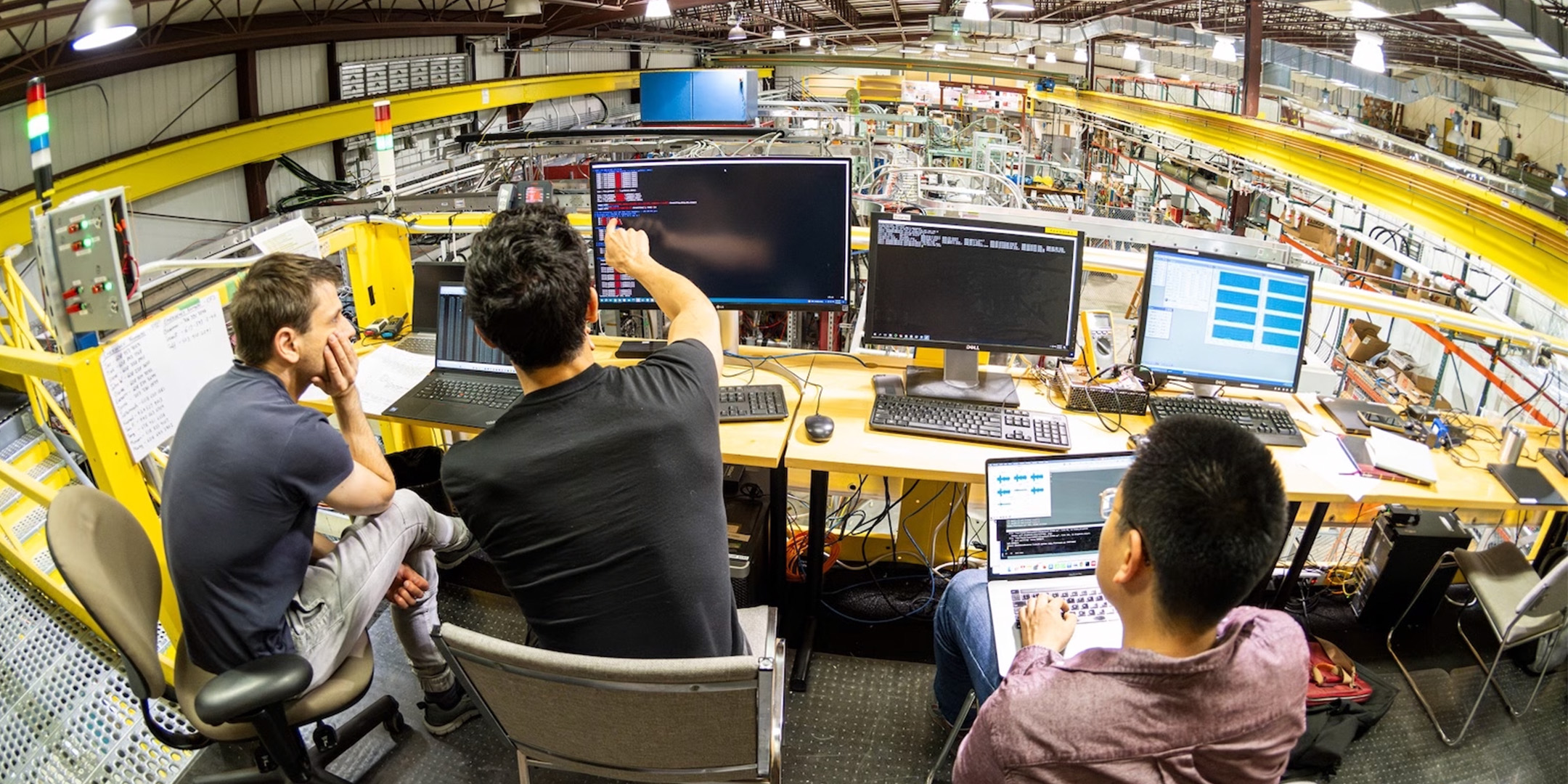
Successfully capturing fusion energy is the next frontier in pursuing a renewable energy source. But what is fusion exactly? It’s the process of heating hydrogen, the most abundant element in our universe, until it’s 10 times hotter than the sun, and confining it long enough to harness that power for clean energy. And it carries no risk of a meltdown, unlike nuclear power. Researchers at UW–Madison are hard at work designing microwave systems to heat materials to temperatures hot enough for fusion to occur in magnetic bottles called tokamaks.
“We think fusion will be as good at producing electricity as any energy source would be, and we think it might be even better to use it as a source of industrial heat for making things,” says Cary Forest ’86, the Prager Professor of Experimental Physics at the UW. “The world makes more carbon and uses more energy making things than it does moving things or turning the lights on. If we’re going to solve the climate change problem, we should probably be focused even more on how we make things than how we move things.”
Support for this vital research is provided by the U.S. Department of Energy’s Advanced Research Projects Agency Energy award and the UW Office of the Vice Chancellor for Research and Graduate Education, with funding from the Wisconsin Alumni Research Foundation.
